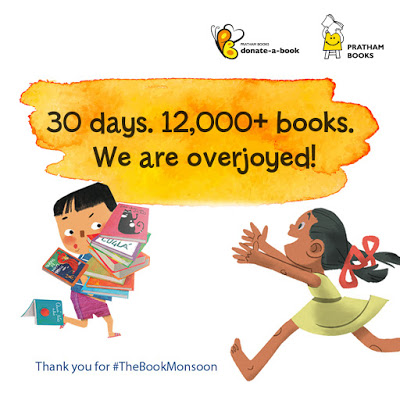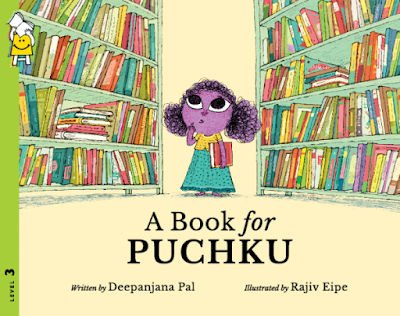Santhali Literature on the Rise But Needs Government Support

Contemporary Santhali literature has taken off in a big way since it became an official language of Jharkhand in 2003, but it has not come of age because the government has not added it to the list of official Indian languages, says a pioneer of the Santhali book trade. “Contemporary tribal literature does not get government grants – and flourishes on personal and individual enterprise,” Mangal Manjhi told IANS in an interview. His modest Adim (ancient) Book Centre — which sells Santhali works written in the traditional Ol Chiki script — was set up 15 years ago in the tribal-dominated area of Parsudih on the outskirts of the steel city of Jamshedpur. “It was the lone tribal bookshop in the region and also the first tribal shop to take part in the prestigious Jamshedpur Book Fair in 1994. Till today, Adim Book Centre is the only tribal representative at the fair,” Manjhi said. His shop is currently one of the two surviving tribal bookshops in Jharkhand. “All the others have downed shutters because of resource crunch over the last five years. A couple of tribal hawkers sell books door-to-door in Ghatshila in East Singhbhum,” he said. Since 2003, after Santhali — along with Maithili, Bodo and Dogri — was put in the Eighth Schedule of the constitution, contemporary literature has witnessed a spurt of new writers, Manjhi said.Inclusion in the Eighth Schedule means the government is now under obligation to take measures for the development of the language. A candidate appearing for a public service examination is entitled to answer questions in the language. “On an average, 50 new Santhali books are published every year. They are books on drama, poetry, novels, historical tales and religious texts,” Manjhi said. “The number of books can go up two-fold if the government recognises Santhali as an official Indian vernacular language like Bengali, Punjabi and Oriya under Article 345 of the Constitution. “Tribal children are not encouraged to study Santhali — even in schools — because it’s not official.”Talking about his shop, Manjhi said: “Classical Santhali literature is still the most popular. Two books of drama by the creator of Ol Chiki script, Raghunath Murmu, titled ‘Kherowar Bir’ and ‘Bidu Chadan’, are still in demand.” Murmu, who was born in 1905, felt the need to create a script because Santhali was written in the Roman script before that. By 1925, Murmu created Ol Chiki, the only tribal script without any compound words. “The creation of Ol Chiki gave birth to Santhali literature,” Manjhi said.Manjhi sells about 45,000 to 90,000 books priced between Rs.200 and Rs.4,500 (for the dictionaries) every year. “But it is difficult to procure rare Santhali books, though I have built a small stock of vintage texts over the years. “As there is no help from the government, unlike in the other states, we fall back on small printing units in Kolkata to print tribal books at low cost.” He spends money out of his pocket to publish Santhali books and manage his book shop. “Publishing each book costs Rs.16,000 to Rs.17,000,” he said.






